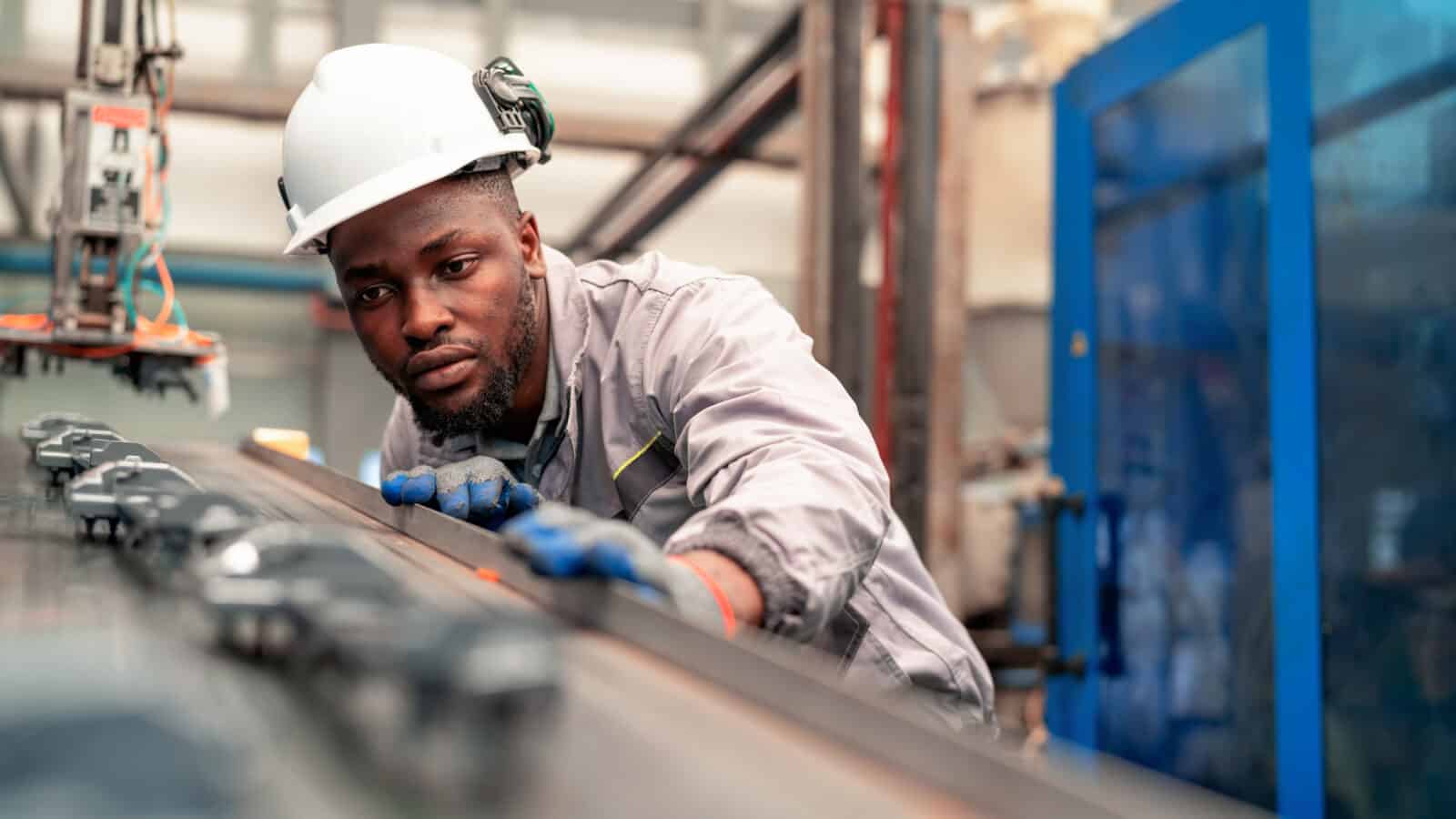Finding and Processing Rare Earths Outside of China

The U.S. and its allies are seeking ways to reduce their reliance on China for rare-earth minerals, and new facilities are being built to meet the demand. The Wall Street Journal (subscription) takes a look at developments in Brazil, where Aclara Resources is opening a rare-earths mine to supply a processing plant to be built in the U.S.
The big picture: “China mines some 70% of the world’s rare earths, the 17 metallic elements primarily used in magnets needed for civilian and military technologies. But its 90% share of processing for rare earths mined around the world is what really concerns officials from other countries working to secure their supply.”
Chinese pros and cons: In response to U.S. tariffs, China has increased export controls on rare earths and other materials.
- However, China has such a monopoly on production, and such a depth of expertise, that potential competitors have found it tough going.
- Other countries, like Brazil and the U.S., have stricter regulations and more burdensome permitting processes governing new mines, another hurdle for would-be producers.
- These considerations make mining elsewhere more expensive than in China, but the pressing security risks of relying on China are spurring the U.S. and Europe to diversify their sources.
Why Brazil? “Brazil has the world’s second-largest rare-earth reserves after China, some 21 million tons, according to the U.S. Geological Survey. That represents more than a fifth of known global reserves—and more than 10 times those in the U.S.”
In the U.S.: President Trump has prioritized domestic production of critical minerals (the larger category into which rare earths fall).
- In one example of U.S. innovation reducing dependence on China, Niron Magnetics is producing rare-earths-free permanent magnets in Minnesota, using iron nitride technology.
The NAM’s involvement: As we reported yesterday, the NAM has urged the Trump administration to forego tariffs on critical minerals and prioritize a “comprehensive manufacturing strategy” that will enable diversification of its sources.
- “Manufacturers look forward to working with the administration to support a robust and competitive critical minerals industry in the U.S.—and to ensure that manufacturers of all sizes and in all segments of the industry have access to the materials necessary for modern, innovative manufactured products,” said NAM Vice President of International Policy Andrea Durkin.
